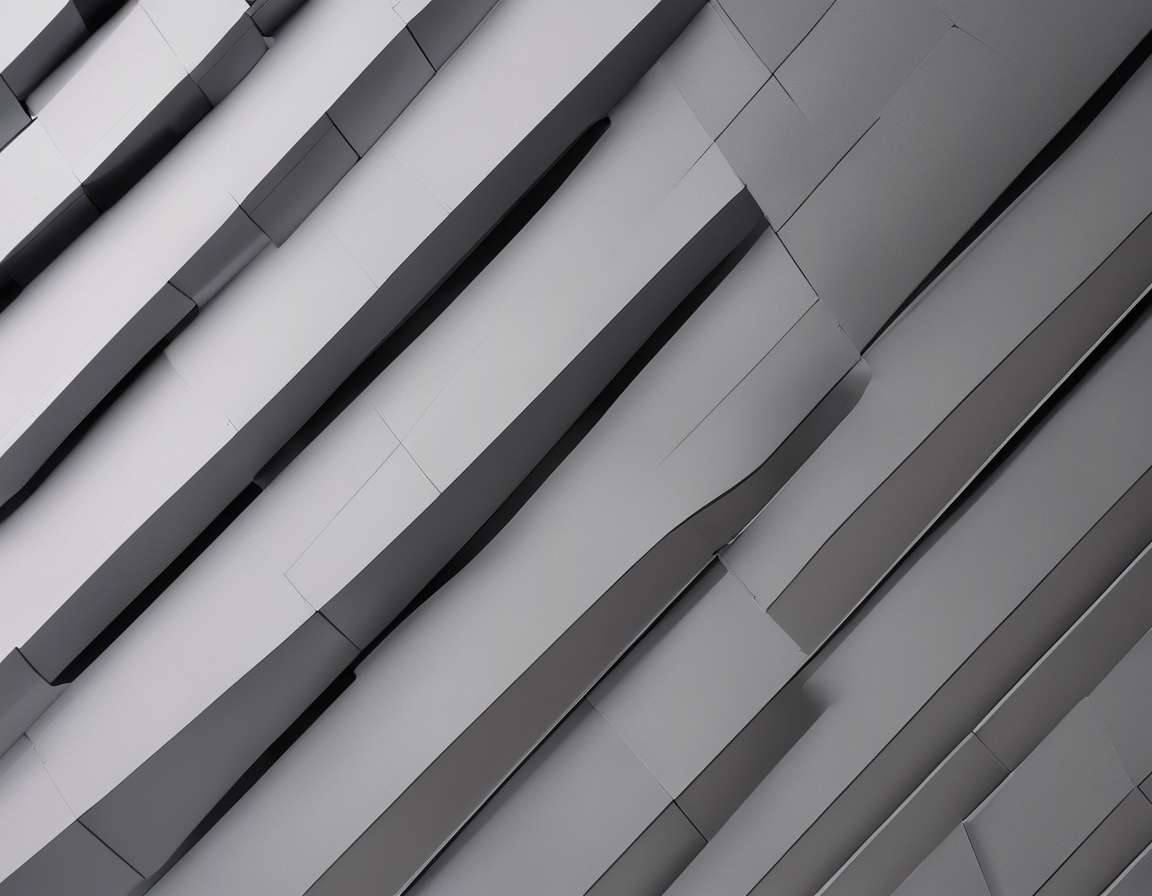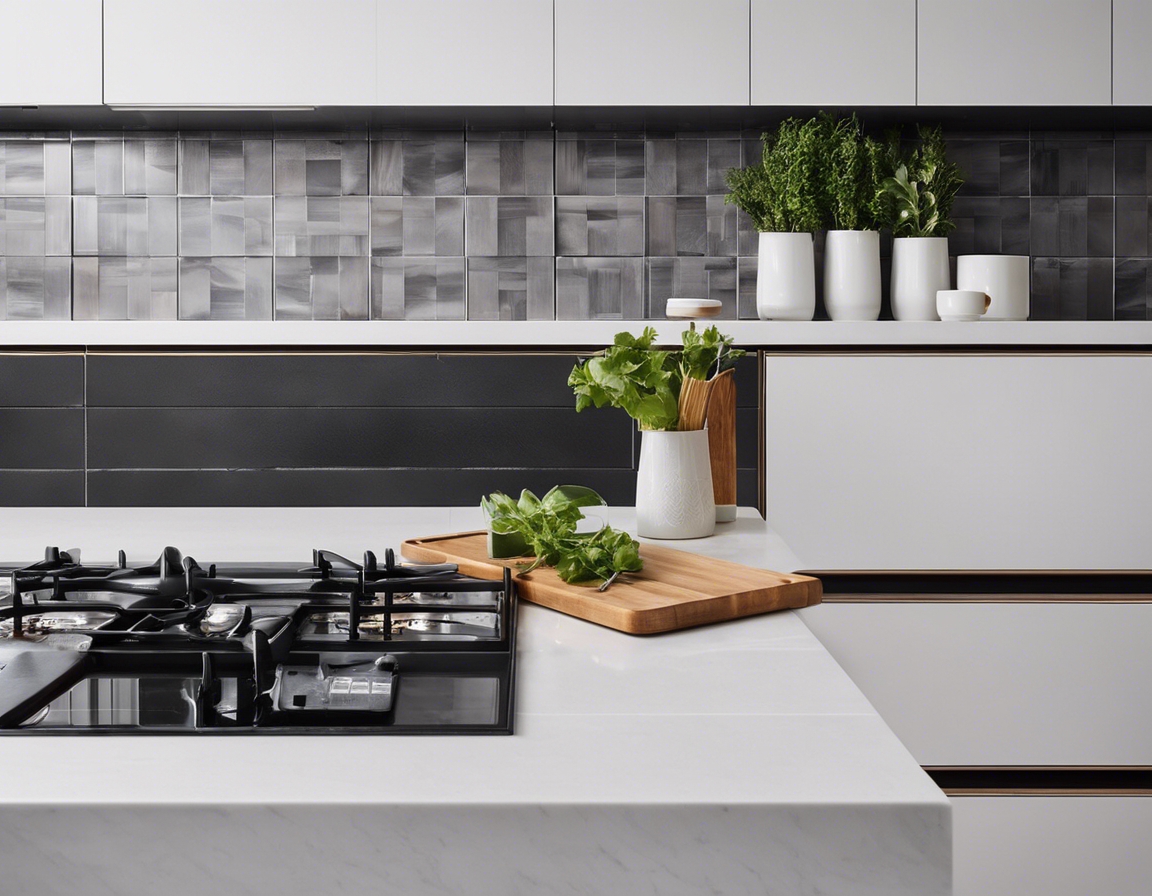How to choose the right cladding material for your project
Cladding serves as the protective skin of a building, shielding the structure from environmental elements while providing aesthetic appeal. It's a critical component in building design, affecting not only the appearance but also the functionality and durability of a structure.
Modern architecture demands materials that can withstand diverse climates, offer energy efficiency, and deliver a visual statement. Cladding materials play a pivotal role in meeting these requirements, making the selection process crucial for any construction project.
Factors to Consider When Choosing Cladding Materials
Choosing the right cladding material requires an understanding of the local climate and environmental stressors. Materials must be selected based on their ability to resist temperature fluctuations, moisture, UV radiation, and other climatic challenges.
Durability is key for cladding materials to ensure they can stand the test of time without excessive maintenance. Consider the lifespan of materials and the level of upkeep they require to maintain their appearance and protective qualities.
The visual impact of cladding cannot be understated. It defines the character of a building and influences the perception of those who see it. Material choice should align with the desired architectural style and complement the surrounding environment.
Energy-efficient cladding materials contribute to reducing heating and cooling costs, making them a smart investment. Insulation properties are also essential for maintaining comfortable indoor temperatures and achieving sustainability goals.
While initial costs are important, it's essential to evaluate the total cost of ownership, including installation, maintenance, and potential savings from energy efficiency over the material's lifespan.
Eco-friendly cladding options are increasingly in demand. Materials that are recyclable, sourced from sustainable practices, or have a low carbon footprint are becoming a priority for many developers and homeowners.
The ease of installation and the labor required can significantly affect project timelines and costs. Some materials may require specialized skills or equipment, influencing the overall budget and schedule.
Compliance with local building codes and regulations is non-negotiable. Cladding materials must meet safety standards, including fire resistance, structural integrity, and other legal requirements.
Types of Cladding Materials
Brick offers a classic look with excellent durability and low maintenance. It's suitable for a range of climates and provides a timeless aesthetic.
Vinyl is a cost-effective option with a variety of color choices. It's lightweight and easy to install, though it may not offer the same longevity as other materials.
Wood provides natural beauty and warmth but requires regular maintenance to prevent decay and weathering. It's a popular choice for its traditional appeal and versatility.
Metal, including aluminum and steel, offers modern aesthetics and excellent durability. It's often used for its sleek finish and fire-resistant properties.
Fiber cement is a composite material that mimics the look of wood or stone and is known for its resistance to fire, insects, and rot.
Stone cladding adds a luxurious and natural element to buildings. It's incredibly durable but can be more expensive and heavier, requiring additional structural support.
Composite materials, such as high-pressure laminates or wood-plastic composites, offer a balance of durability, maintenance, and aesthetic diversity.
Glass cladding provides a modern, sleek look and allows for natural light penetration. It can be engineered for energy efficiency and is often used in contemporary designs.
Assessing the Lifecycle and Longevity of Cladding Materials
It's important to consider how cladding materials will age over time. Factors such as colorfastness, resistance to wear and tear, and the ability to withstand environmental conditions are critical for long-term satisfaction.
Warranties and support from manufacturers can provide peace of mind and protection against unforeseen issues. Always review warranty terms and the reputation of the manufacturer when making your selection.
Customization and Design Flexibility
Cladding materials come in a wide range of colors and textures, allowing for customization to fit any design vision. Consider the availability of finishes and how they will contribute to the overall look of the project.
The adaptability of cladding materials to different shapes and sizes can be a deciding factor, especially for unique architectural designs. Evaluate the flexibility of materials to meet specific design requirements.
Expert Advice and Consultation
Engaging with experienced professionals can guide you through the selection process, ensuring that all factors are considered and the best material is chosen for your specific needs.
RAKE AS offers a wealth of experience and a commitment to quality, sustainability, and customer satisfaction. Our expertise in providing top-tier cladding solutions makes us the ideal partner for your project.





Comments (0)